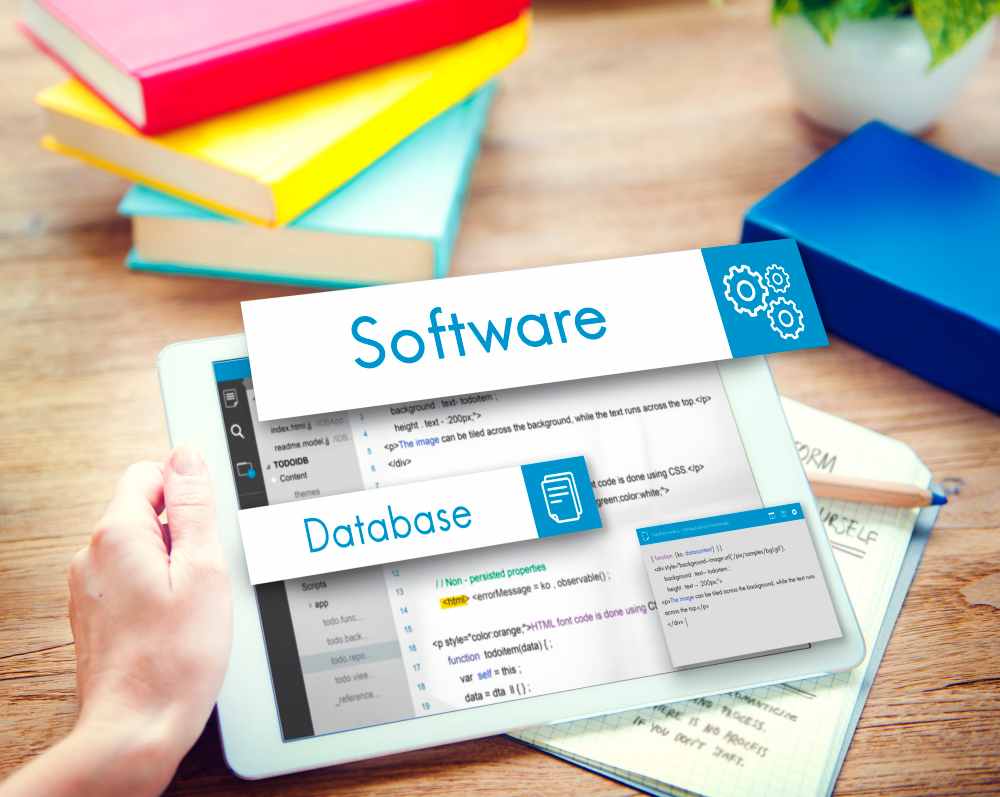Database management systems exist in various forms and sizes, from complicated to basic, from expensive to inexpensive. It is critical to consider how the database technology you select will scale as the size of your data grows and how it will interact with any applications you employ to query your data.
The database technology landscape in industries has changed considerably in the last decade. Database technology has morphed into several different forms that assist in defining how data is stored, accessed and utilized inside an organization.
Data management in industrial systems
The 4.0 industry is a term associated with significant technological progress in sectors. The factories are now automated, integrated, and controlled by sensors, controllers and other field devices. All of this is now a reality, thanks to the Internet of Things (IoT) and other technologies and systems.
These new capacities of everyday products open up a world of possibilities in industrial sectors. Proper database management solutions improve organizational data accessibility, allowing end-users to exchange data more rapidly, securely, and efficiently across the company.
Help brand managers track and sell products
A robust and sophisticated database management solution allows brand managers to add new data, update the existing data and delete the information no longer needed. Furthermore, this enables companies to track and sell their offerings in an efficient manner.
Consistent data that complies with regulations
Data inconsistency occurs when multiple versions of the same data exist in different areas within an organization. You can ensure that an all-encompassing picture of your data is provided throughout your company by utilizing a good management system and data quality management tools.
Furthermore, data management systems give a stronger foundation for enforcing data privacy and security regulations. Better management implies more openness and a lower chance of regulatory violations.
End-User Productivity Increase
Deploying a database management system, assuming good end-user adoption, will always result in enhanced user productivity. They make it possible for end-users of data to make fast and informed decisions to improve the long-term performance or failure of their organization.
Database technology for the creation of industrial applications
Although there are multitude of options for organizations to incorporate a robust database system, the most prominent ones are listed below.
- Oracle
- It provides instant consistency as a single server
- Advanced Multi-Model databases that handle Structured Data (SQL), Semi-Structured Data (JSON, XML), Spatial Data, and RDF Store
- Blockchain Tables
- Supports both OLTP and OLAP workloads
- Microsoft SQL Server
- Provides ACID transactional assurance
- Supports server-side scripting with T-SQL,.NET languages, R, Python, and Java
- Supports Structured Data (SQL), JSON, and Spatial Data
- Tooling support for both on-premise and cloud deployments
- MongoDB
- It provides horizontal scalability and includes built-in replication and is consistent and partition tolerant (CP)
- Distributed multi-document ACID transactions
- Rich and robust query language also supports Map-Reduce queries, text search, graph search, and geo-search.
- Provides a full-text search engine (Atlas Search) and a data lake (Atlas Data Lake) based on MongoDB
- Elasticsearch
- Horizontal scaling via automated sharding and a scalable search engine
- Provide a REST API and handle both structured and schema less data, well suited to analyzing logging or monitoring data
- Support for automated replication and cross-cluster replication (CCR)
- Widely used in observability landscape
- Cassandra
- It is used as an OLAP database (e.g., Data Warehouse) to manage massive amounts of data
- It is also utilized as a time-series database.
- It provides linear horizontal scaling and is one of the most scalable databases with automated sharding; it is AP (Available and Partition Tolerant).
- A decentralized database with automated replication is fault-tolerant with no single point of failure.
- It has a user-friendly Query Language and SQL-like query language (CQL).
Oracle is a global leader in corporate software and IT solutions. Its cloud computing and database products are well-known in the industry, but the firm has also depended on an aggressive acquisition strategy to strengthen its portfolio. Oracle is now the most frequently used commercially supported database and one of the most widely used RDBMS in general.
The 2nd one on our list is Microsoft’s SQL Server – a relational database management system used by organizations across the globe. The system was developed and constructed to handle and save information. The system enables different business intelligence activities, analytics operations, and transaction processing. It was the dominant commercial mid-range database on Windows systems for the previous three decades.
Currently, it is one of the major commercial database systems, with good Microsoft Tooling compatibility.
Companies use MongoDB because the document data format is a powerful way to store and retrieve data that allows developers to move quickly. MongoDB’s horizontal, scale-out design can accommodate massive amounts of data and traffic.
MongoDB made significant advancements during the next decade. It has fixed many of its issues (for example, security) and developed and pioneered new features. It is now the most important Document Database and the top NoSQL Database.
Full-text search is required by any business, whether it is a tiny startup or a large enterprise scale e-commerce site. Elasticsearch is an open-source full-text search and analytics engine and highly scalable in nature. It enables you to store, explore, and analyze large amounts of data rapidly and in real-time. The database is commonly utilized as the underlying engine/technology that drives apps with complicated search functionality and needs.
Cassandra provides customers with “blazingly fast writing,” The speed or accuracy is unaffected by massive amounts of data. Other advantages of Cassandra includes an adaptable data storage. It can handle organized, semi-structured, and unstructured data, offering users data storage flexibility.
A database management system aids in the provision of a framework to assist data quality activities. As a result, higher-quality information assists organizations in making better, faster decisions.
At Utthunga, we provide end-to-end database management services to handle complex data management needs and provide various database options to cater to your needs and data types. Contact us now to discuss your database management needs.















































